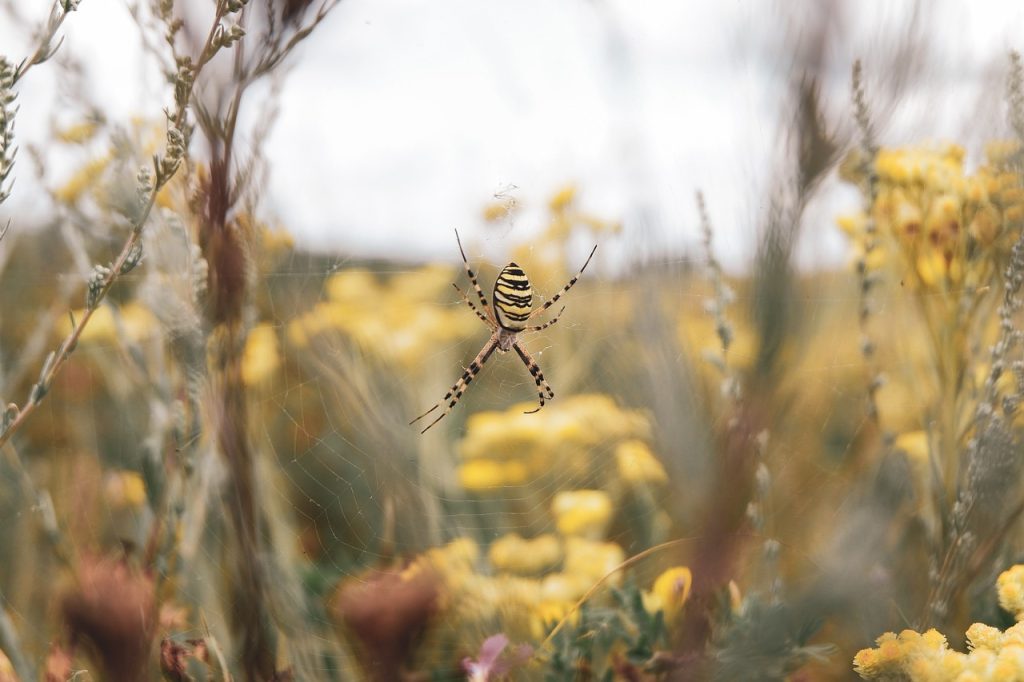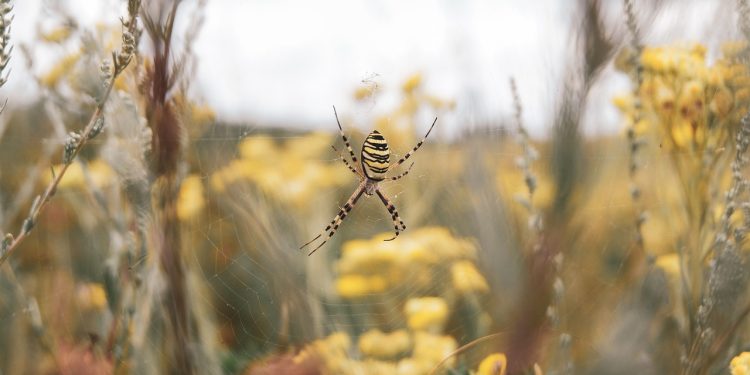The Trichonephila clavata, commonly known as the Joro spider, has been making headlines recently due to its rapid spread across North America. Native to Japan, Korea, and Taiwan, these large, vividly colored arachnids have been a subject of concern since their introduction to the southeastern United States in the 2010s. Although venomous, their bites are not life-threatening to humans, but their presence raises significant ecological and public interest issues.

Reported on Wikipedia
Scientists confirmed the first known occurrence of T. clavata in North America in 2014,[3] and as of October 2022, T. clavata’s range spans at least 120,000 km2 (46,000 sq mi), occurring across the US states of Georgia, South Carolina, North Carolina, and Tennessee, with additional reports in Alabama, Maryland, Oklahoma, and West Virginia. Its pattern of spread suggests it is primarily driven by natural dispersal mechanisms, such as ballooning, though human-mediated transport cannot be discounted.[4][3][5][6][7]
In 2019, this species was moved from the genus Nephila to Trichonephila. T. clavata’s congener Trichonephila plumipes is commonly found in Australia. It also was moved from Nephila to Trichonephila, along with 10 other species.[8]
According to a CBS News article dated June 5, 2024, the Joro spider is expected to be in the southern portions of US State of New York and surrounding US states sometime in the Summer of 2024. According to CBS News, the Joro spider has been spotted in the US states of Florida, Alabama, Mississippi, North and South Carolina, Tennessee, Kentucky, Virginia, West Virginia, Maryland and Ohio. Per University of Georgia researcher, Andy Davis, the Joro spiders “seem to be OK with living in a city,” also stating that he has seen the Joro spiders on street lamps and telephone poles[9].
A Closer Look at the Joro Spider
The Joro spider is a member of the golden orb-weaver family and is known for its impressive size and striking coloration. Adult females can have leg spans up to four inches, and their vibrant yellow and blue patterns make them easily recognizable. One of the most fascinating abilities of the Joro spider is its capacity to glide through the air, facilitated by its long legs and silk threads. This unique adaptation has allowed them to disperse widely and establish new populations rapidly.
Current Spread and Future Projections
According to New Jersey Pest Control, the Joro spider is expected to reach as far north as New Jersey by this summer. “As the Joro spider invasion continues its northward trajectory, the possibility of their arrival in New Jersey later this year has heightened concerns among residents and authorities alike,” the company stated. The potential for these spiders to establish populations in new regions raises questions about how local ecosystems will respond and adapt to their presence.
Since 2021, these arachnids, believed to have infiltrated the southeastern U.S. from Japan, have been a major focus of attention. Reports indicate that the Joro spider’s golden web has already been spotted in Georgia and South Carolina. Research from the University of Georgia suggests that these invasive arachnids will likely continue to spread across most of the Eastern Seaboard of the United States.
Survival and Adaptation
Joro spiders have shown remarkable adaptability to new environments. They possess twice the metabolism and a 77% higher heart rate when exposed to low temperatures compared to their relatives. Additionally, they can survive brief freezes, indicating their potential to thrive in colder regions than initially expected.
Managing the Invasion
Researchers and pest control experts are actively monitoring the spread of the Joro spider and studying its behavior to develop effective management strategies. “Understanding the biology and ecology of these spiders is essential in developing effective strategies for mitigating their impact,” New Jersey Pest Control emphasized.
Efforts are focused on understanding how these spiders interact with local ecosystems and what long-term impacts they might have. Public awareness campaigns are also crucial in educating people about the Joro spider and encouraging safe and effective responses to encounters.
Public Safety and Interaction
Despite their intimidating size and appearance, Joro spiders are generally skittish and non-aggressive towards humans. They possess a neurotoxin venom used to immobilize their prey, but it is not very potent in humans, typically causing only mild redness and blistering, except in individuals with allergic reactions.
If you encounter a Joro spider, it is advised not to panic. They are more likely to flee than to attack, and simple measures like avoiding direct contact and gently relocating them if necessary are sufficient.
The invasion of the Joro spider is a developing situation that requires ongoing attention from researchers, pest control experts, and the public. While their presence is not a significant threat to human health, their potential impact on local ecosystems is still uncertain.
Staying informed and taking appropriate measures can help manage their spread and minimize any negative effects on the environment.






